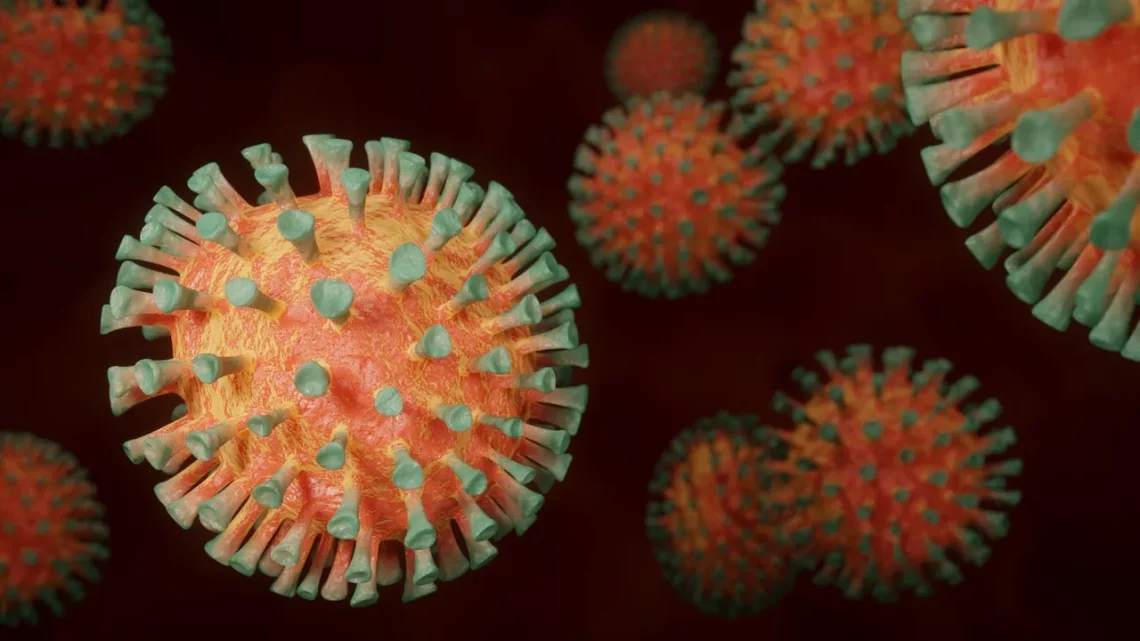
Understanding Kitty Parvo: Symptoms, Treatment, and Prevention
Kitten owners often face a myriad of challenges, but one of the most concerning issues that can arise is the threat of viral infections. Among these, feline parvovirus, commonly known as kitty parvo, stands out due to its severe nature and rapid progression. This highly contagious virus primarily affects young kittens, especially those who are not fully vaccinated. The disease can lead to serious health complications and, in some cases, can be fatal if not treated promptly.
Understanding the dynamics of kitty parvo is crucial for pet owners. The virus attacks the intestinal lining, leading to severe gastrointestinal symptoms and a compromised immune system. Kittens are particularly vulnerable due to their undeveloped immune systems, making education about prevention, symptoms, and treatment essential for all cat guardians. Moreover, awareness can help in early detection, which is vital for successful outcomes.
This article aims to shed light on the complexities of kitty parvo, equipping pet owners with the knowledge needed to protect their beloved companions. By recognizing the signs of this viral infection and understanding the best practices for treatment and prevention, caregivers can take proactive steps to ensure the health and well-being of their kittens.
Recognizing the Signs of Kitty Parvo
Recognizing the symptoms of kitty parvo is critical for early intervention. The disease can manifest through a range of signs, and being attentive to these can make a significant difference in a kitten’s recovery chances.
One of the first symptoms to appear is lethargy. Kittens are typically playful and energetic, so a sudden drop in energy levels can be alarming. Alongside lethargy, a decrease in appetite is often noted. A kitten that suddenly refuses food or water should be monitored closely, as this can lead to dehydration.
Vomiting and diarrhea are hallmark symptoms of kitty parvo. The diarrhea may be severe and watery, sometimes containing blood. This can lead to rapid fluid loss, exacerbating dehydration and leading to serious complications. If a kitten exhibits these symptoms, it’s essential to seek veterinary care immediately.
In addition to these gastrointestinal symptoms, fever can also be present. A temperature above the normal range may indicate an underlying infection. Some kittens may also show signs of abdominal pain, which can be assessed through behavioral changes, such as sensitivity to touch or unusual postures.
It’s important to note that not all kittens will exhibit all symptoms, and some may show more subtle signs. Therefore, it’s crucial for pet owners to maintain vigilance and consult a veterinarian if they notice any concerning changes in their kitten’s behavior or health.
The Importance of Veterinary Intervention
When it comes to kitty parvo, timely veterinary intervention is paramount. If a kitten is suspected of having contracted the virus, immediate veterinary care can make the difference between life and death. A veterinarian can perform a thorough examination and may conduct tests to confirm the presence of feline parvovirus.
Treatment typically involves supportive care, as there is currently no specific cure for the virus itself. The primary goal is to manage symptoms and prevent complications. This often includes intravenous (IV) fluid therapy to address dehydration and electrolyte imbalances caused by vomiting and diarrhea. Kittens may also require medications to control nausea and pain.
In some cases, additional treatments may be necessary, such as antibiotics to prevent secondary bacterial infections. Given that the virus can severely compromise the immune system, vigilant monitoring for any signs of other infections is crucial during this time.
Furthermore, hospitalization may be required for more severe cases. This allows for continuous monitoring and more intensive supportive care. Kittens that are treated promptly and effectively often have a good chance of recovery, but it is crucial to adhere to the veterinarian’s recommendations and follow up with necessary vaccinations once the kitten has recovered.
In summary, recognizing the signs of kitty parvo and seeking veterinary care promptly can significantly impact a kitten’s health and recovery. Pet owners should maintain open communication with their veterinarians and be proactive in addressing any health concerns their kittens may exhibit.
Preventing Kitty Parvo: Best Practices
Prevention is always the best strategy when it comes to kitty parvo. Understanding how to protect kittens from this virus can save pet owners a significant amount of heartache and expense. One of the most effective preventive measures is vaccination. Kittens should receive their vaccinations in a timely manner, starting at around six to eight weeks of age, with boosters administered as recommended by the veterinarian.
Keeping kittens indoors is another effective way to prevent exposure to kitty parvo. The virus is highly contagious and can be transmitted through contact with infected animals or contaminated surfaces. By limiting outdoor exposure, pet owners can significantly reduce the risk of their kittens contracting the virus.
In addition, maintaining a clean environment is essential. Regular cleaning and disinfection of areas where kittens play or rest can help eradicate the virus, especially in multi-cat households or shelters. Pet owners should also be cautious when introducing new cats or kittens into their homes, ensuring that they are healthy and up to date with vaccinations.
Socialization and ensuring that kittens are not stressed are also important. Stress can weaken the immune system, making kittens more susceptible to infections. Providing a stable and loving environment can help bolster their overall health.
Lastly, educating oneself about the signs and symptoms of kitty parvo can empower pet owners to act quickly if their kitten shows any signs of illness. Being knowledgeable about the illness and its implications can lead to better health outcomes for furry companions.
Living with a Recovering Kitten
Once a kitten has successfully battled kitty parvo, the journey to recovery is just as important as the treatment itself. Understanding how to care for a recovering kitten can help facilitate a smooth transition back to health.
Post-recovery, it’s vital to closely monitor the kitten for any lingering symptoms. Regular vet check-ups are essential to ensure that the kitten is regaining weight and strength. The veterinarian may also recommend a special diet to help restore the kitten’s energy levels and support its immune system.
Hydration is crucial during this recovery phase. Ensuring that the kitten has access to fresh water at all times is important, as dehydration can occur even after the initial illness has passed. Pet owners may also need to encourage their kittens to eat, especially if they remain hesitant after treatment.
Creating a stress-free environment is essential. Providing a cozy, quiet space for the kitten to rest can help in recovery. Interactive play sessions can also be introduced gradually, as this will stimulate the kitten’s mental and physical health.
It’s also crucial to stay vigilant about vaccinations after recovery. The immune system may take time to fully rebound, and follow-up vaccinations will be necessary to protect them from future infections.
In summary, caring for a recovering kitten involves patience, attention, and a lot of love. With proper care and maintenance, many kittens go on to lead happy, healthy lives after overcoming kitty parvo.
**Disclaimer: This article is not intended as medical advice. Always consult your veterinarian for any health-related issues concerning your pet.**




